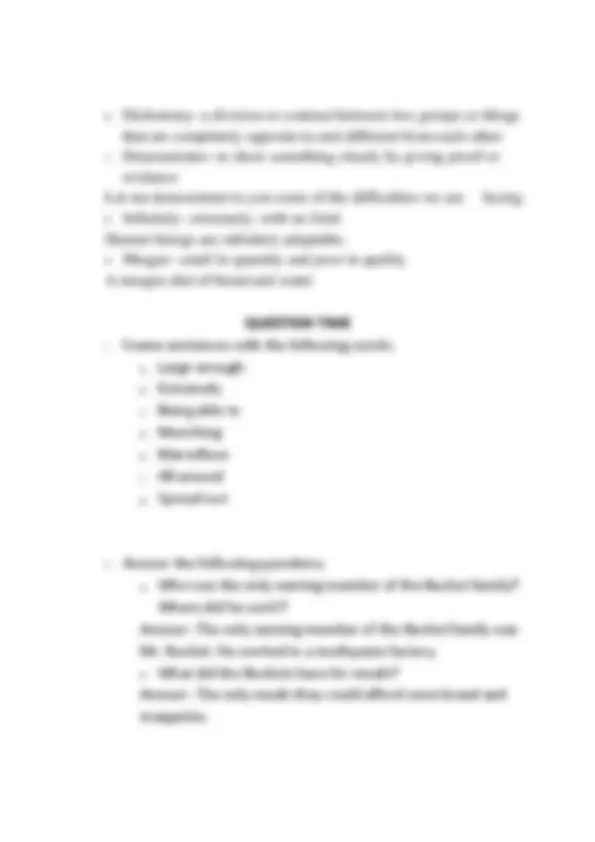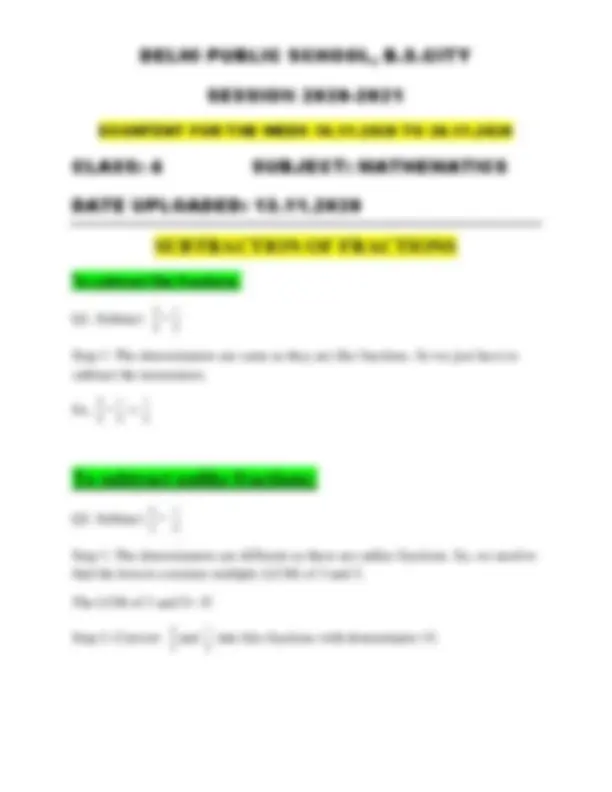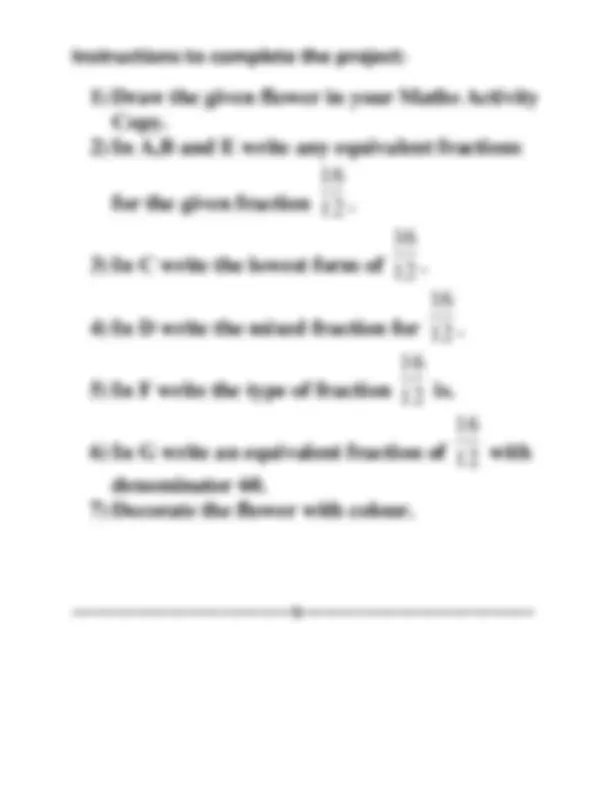







Study with the several resources on Docsity

Earn points by helping other students or get them with a premium plan


Prepare for your exams
Study with the several resources on Docsity

Earn points to download
Earn points by helping other students or get them with a premium plan
Community
Ask the community for help and clear up your study doubts
Discover the best universities in your country according to Docsity users
Free resources
Download our free guides on studying techniques, anxiety management strategies, and thesis advice from Docsity tutors
Charlie and the Chocolate Factory is a 1964 children's novel by British author Roald Dahl. The story features the adventures of young Charlie.
Typology: Assignments
1 / 9

This page cannot be seen from the preview
Don't miss anything!






The story was originally inspired by Roald Dahl's experience of chocolate
companies during his school days. Cadbury would often send test
packages to the schoolchildren in exchange for their opinions on the new
products. At that time (around the 1920s), Cadbury
and Rowntree's were England's two largest chocolate makers and they
each often tried to steal trade secrets by sending spies, posing as
employees, into the other's factory. Because of this, both companies
became highly protective of their chocolate-making processes. It was a combination of this secrecy and the elaborate, often gigantic, machines
in the factory that inspired Dahl to write the story. But here we will read
only an extract from “Charlie and the Chocolate factory.”
WRITER
Charlie and the Chocolate Factory is a 1964 children's novel by British
author Roald Dahl. The story features the adventures of young Charlie
Bucket inside the chocolate factory of eccentric chocolatier Willy Wonka.
SUMMARY
The Bucket family—the hero of the story, Charlie Bucket; his parents, Mr.
and Mrs. Bucket; and his four grandparents, Grandpa Joe, Grandma
Josephine, Grandpa George, and Grandma Georgina—is a loving but
poor family. They live in a small house with only one bed, which the four
grandparents share. Charlie and his parents sleep on mattresses on the floor. Mr. Bucket works in a toothpaste factory and barely earns enough
money to feed his family. They are forced to subsist on bread and
margarine for breakfast, boiled potatoes and cabbage for lunch, and
cabbage soup for supper. Charlie longs for more filling foods, especially
chocolate, which he receives only once a year on his birthday. On that
day he gets one bar of Wonka chocolate, which he saves for months and months. Charlie’s house sits on the outskirts of a large town that is
famous for the Wonka chocolate factory. Charlie must pass by the
Wonka chocolate factory every day on his way to and from school. Each
day as he walks by the factory’s colossal iron gates, Charlie inhales deeply
and prays that someday he will get to venture inside the factory.
The opening chapter of the story creates a stark dichotomy between what Charlie has and what he does not have, which demonstrates
Charlie’s infinitely patient and humble character. Charlie’s four
grandparents—all of whom are over ninety—require constant care
from his mother, and his father’s meagre wages barely buy enough
food for their family.
WORDS TO KNOW
c. Give a short description of the chocolate factory near
Charlie’s house. Answer -----------------
XXXXXXXX
ECONTENT FOR THE WEEK 16.11.2020 TO 20.11.
SUBTRACTION OF FRACTIONS
To subtract like fractions:
Q1. Subtract 52 − 51
Step 1: The denominators are same as they are like fractions. So we just have to subtract the numerators.
So, 52 − 51 = 51
To subtract unlike fractions:
Q2. Subtract 32 − 51
Step 1: The denominators are different as these are unlike fractions. So, we need to find the lowest common multiple (LCM) of 3 and 5.
The LCM of 3 and 5= 15
Step 2: Convert 32 and 51 into like fractions with denominator 15.
4
(^21) = 4 1
21 1 = 4
21
Step 4: Subtract the like fractions.
4
4 14 = 4
7
Step 5: Convert the improper fraction to mixed fraction.
4
(^7) = 1 4
3
Exercise
Q1. Subtract the following:
a) 179 − 173
b) 1527 − 273
c) 72 − 143
d) 1725 + 1512 − 51
e) 7 3
4
1
f) 6 53 − 172
PROJECT WORK ON FRACTIONS